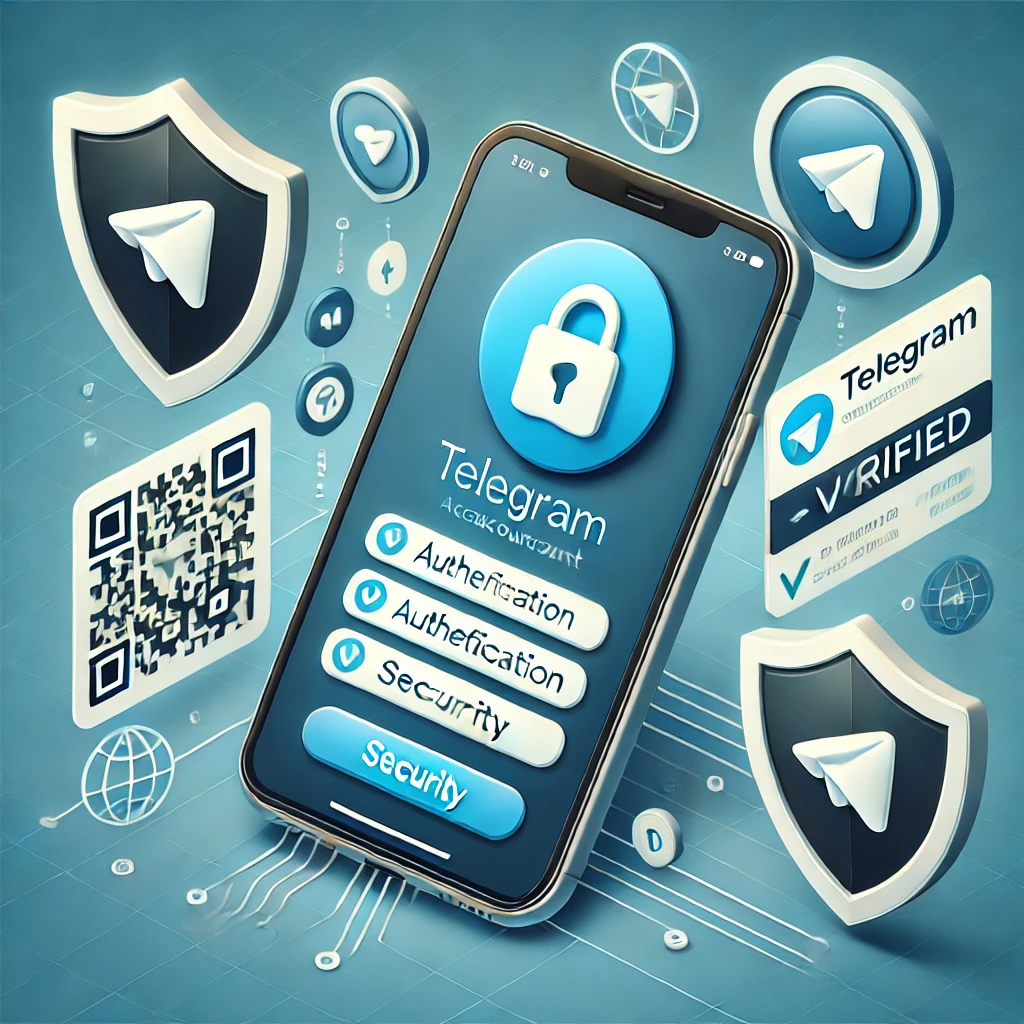How to Recover Your Hacked Telegram Account: A Comprehensive Recovery and Security Guide
Your Telegram account is an important communication hub. Unfortunately, hacks do happen. This guide provides detailed steps to identify if your account has been compromised, how to recover it, and best practices to prevent future hacks.
1. Identifying the Signs of a Hack
Before you begin recovery, it’s important to recognize the warning signs that your Telegram account might have been hacked:
- Unrecognized messages or posts appearing from your account.
- Notifications of login attempts from unfamiliar locations or devices.
- Unexpected changes in your profile picture, bio, or settings.
- Strange contacts or groups appearing in your chat list.
If you notice any of these signs, act quickly to secure your account.
2. Immediate Steps to Secure Your Account
- Log Out of All Sessions:
Go to Settings > Devices (or Active Sessions), review all logged-in devices, and terminate any unfamiliar sessions.
- Enable Two-Step Verification:
Set up an extra layer of protection by enabling two-step verification in your Telegram settings. This requires a password in addition to your phone number.
- Change Your Password:
If you suspect that your password has been compromised, change it immediately using a strong, unique combination.
- Check Associated Email and Phone:
Make sure that your recovery email and phone number are correct and secure, as these are crucial for account recovery.

3. Recovery Procedures
If you’ve been locked out or your account has been compromised, follow these recovery steps:
- Use Telegram’s Recovery Option:
On the login screen, tap on "Forgot password?" if you have two-step verification enabled, and follow the prompts to reset your password.
- Contact Telegram Support:
If you can’t regain access through standard recovery, reach out to Telegram Support via their Support page with detailed information about your account and the issue.
- Verify Your Identity:
You might be asked to provide additional verification details. Cooperate with Telegram Support to prove your identity.
These steps should help you regain control of your account. Be patient, as the recovery process may take time.
4. Best Practices to Prevent Future Hacks
Once you’ve recovered your account, take proactive measures to prevent future incidents:
- Regularly Review Active Sessions: Frequently check your Active Sessions and terminate any unfamiliar devices.
- Enable Two-Step Verification: This adds an extra layer of security by requiring an additional password.
- Use Strong Passwords: Create a unique, complex password that isn’t used on other platforms.
- Be Wary of Suspicious Links and Bots: Avoid clicking on links or interacting with bots from untrusted sources.
- Secure Your Recovery Email and Phone Number: Make sure these details are up-to-date and protected by strong passwords and, if possible, two-factor authentication.
5. Understanding the Role of Virtual Numbers and Country Codes
One often-overlooked aspect of Telegram account security is the quality of the phone number associated with your account. Here’s what to consider:
- High-Quality Virtual Numbers: When using virtual numbers, choose providers with high verification success rates. Poor quality numbers are more likely to trigger security flags.
- Country Code Impact: Numbers from certain countries are perceived as more reliable. For example, numbers from countries with strict telecommunication regulations tend to have higher trust levels.
- Consistent Use: Regularly using the same, high-quality number builds a strong account reputation, reducing the likelihood of bans or deletions.
By selecting the right virtual number and being mindful of its country code, you can significantly improve your account’s credibility and security.
Conclusion
Securing your Telegram account and protecting your TData and Telethon sessions is essential in today’s digital landscape. By promptly identifying the signs of a hack, following immediate recovery procedures, and adopting robust security measures, you can minimize the risk of future incidents.
Remember, regular monitoring and proactive security practices are key. Stay vigilant, protect your data, and keep your account safe.

0 Comments
Leave a Comment